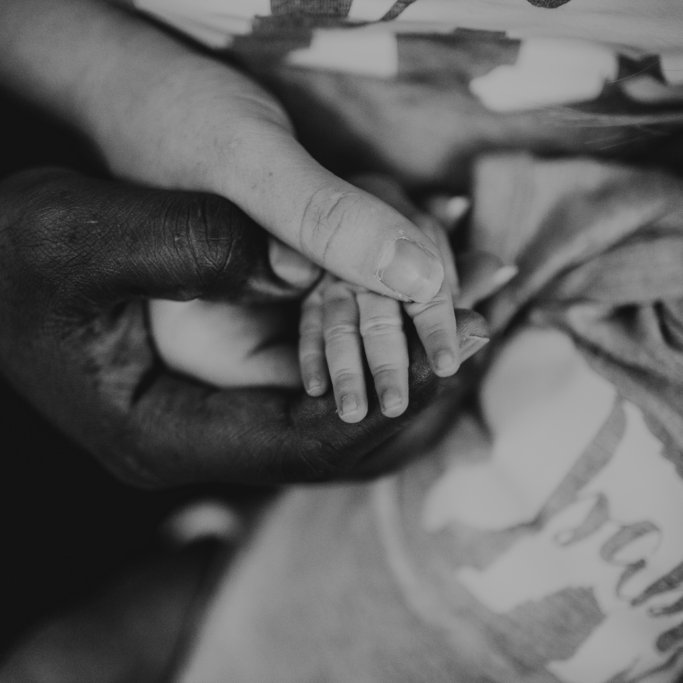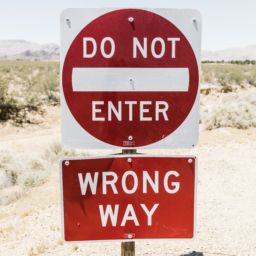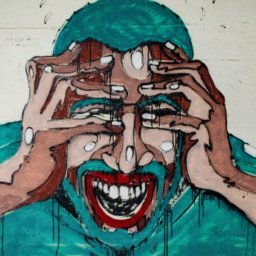What is the first thought that pops into your head when you think of the word deaf? Do you think of disability, an inability to function in society? Do you think of loss, to be deficient in one of the most vital senses? Or do you think of group of people with similar values and beliefs, brought together through their experiences?
The medical model sees deafness as a disability, an impairment that needs to be fixed. A disability is defined in the Oxford Dictionary as a physical or mental condition that limits a person’s movements, senses or activities. In this sense, one could agree that deafness is considered a disability.
However, when people speak of deafness, they speak of two different forms: deafness, with a small d, indicating disability, and Deafness, with a large D, indicating a culture.
Culture is defined as the ideas, customs, and social behavior of a particular people or society. Deafness can therefore be viewed either as a disability or altered human experience. Deaf culture can include beliefs, behaviours, traditions, history and values of the community. Deaf culture is an ethnocentric culture, based more on sign language and relationships than a common native land – it is a global culture. Deaf culture sees itself as a language minority than a disability. This is further emphasized in Article 30, Paragraph 4 of the UN Conventions on the Rights of Persons with Disability which can be found below.
A culture tends to have its own beliefs and customs that are shared by its members, and deaf culture is no different. Deaf social protocol is based upon maintaining good visibility with others in the environment (Deaf Culture 2014).
Some examples of social customs within this culture include:
- Rules of etiquette for getting attention and politely negotiating a signed environment
- Keeping one another informed of what is going on in ones environment – for example, letting someone know that one is going to the bathroom (in the hearing environment this is often not needed)
- Being more blunt than hearing people
- Maintaining a steady gaze while signing (between two hearing people, it may be rude to maintain uninterrupted eye contact)
“Persons with disabilities shall be entitled, on an equal basis with others, to recognition and support of their specific cultural and linguistic identity, including sign languages and Deaf culture”-World Federation of the Deaf
As with other cultures, deaf culture is rich in history and art. You can do a M.A. in Deaf Studies in Gallaudet University in Washington, looking at deaf social life of groups and individuals including history, cultural studies and language (Gallaudet 2014).
Storytelling also makes up a big part of the culture. Clayton Valli was an American deaf linguist who created works in ASL performed through handshape, movement and facial expression. One of his pieces of work, called Dandelion can be found opposite.
Another group called Deaf Professional Arts Network creates music videos with deaf performers, with the aim of making music accessible for the deaf (DPN 2014). They have covered songs such as Beautiful by Christina Aguilera, Lose Yourself by Eminem and Mr. Brightside by The Killers and their DVD released in 2008 sold over 10,000 copies.
Media is a vital component in getting ones message heard, and many artistic groups throughout the world have increased awareness of deaf culture, helping to stem ignorance and begin a conversation about the experience of being deaf. Movies and TV programs also needs to start promoting deafness not as a pathological condition, but a way of life to help banish this perception of disease and impairment.
Cochlear implants are electronic devices that can be surgically implanted in patients who are deaf due to sensory hair cell damage. They can provide hearing in order to increase understanding of speech, and it is estimated that 324,000 people worldwide have received them as of 2012 (NIDCD 2013).
Although this may seem like an incredible treatment for those who have difficulty hearing, it also gives the suggestion that deafness is a condition that needs to be fixed. Some deaf people are not so much against the cochlear implant, than what it represents: a lack of respect for their culture. Indeed, some people have gone so far as to describe these devices as a means of cultural genocide.
It can be argued that deafness, as a cultural identity, should be encouraged to thrive and be supported in today’s diverse society. Others believe that every child should be given an equal chance in life, and that through cochlear implants one will have opened the door to greater opportunities. Through cochlear implants, children are given a greater chance at finding employment, integrating with the community at large and achieving a greater level of success. But why should a deviation from the norm result in fewer opportunities in the first place? Shouldn’t we be dealing with this inequality rather than trying to cover it?


Doctors may see a deaf child as missing something vital, being impaired and therefore not able to function in society. The word impairment implies fault; imagine the implications this can have on a child who is told they need to be fixed. Children should feel proud of who they are, not ashamed of what they were born with. What kind of impact would such thoughts have on their self-esteem? We all know how isolating it can feel to be different during childhood; why should we push these children further away from society?
Cochlear implants are seen as being oppressive: an illustration of our overreliance on the biomedical model. Instead of seeing a child as impaired, it would be more helpful to see the child as having a different natural language. We live in an age where we preach about acceptance and diversity. Shouldn’t we be embracing the deaf culture instead of annihilating it?
What does this mean about the future? If we find the cure for deafness tomorrow, does that eradicate an entire culture? Will there be people out there who will refuse to accept the cure for their child? And what implications will that have on the medical profession – can we accept this refusal? After all, every child deserves the best start in life. Where do we stand between respecting ones beliefs and doing the best for our patient?
It has been suggested that deafness can be an isolating experience; you are part of a minority, cut off from the rest of the world But one could also argue that there are plenty of cultural minorities out there; despite English becoming more and more vital in our multicultural environment, there are many minor cultures out there who do not have English as their native tongue and are therefore cut off from a large part of civilization. Does that stop them from being a culture?
Diversity is a good thing: it is what makes society grow. It is needed for creativity, for quenching ignorance and progressing as a race.
Some deaf people argue that they do not have any impairment, that they are able to communicate effectively via sign language, and it is the hearing people who may be at a disadvantage for not being able to communicate with them.
What is considered normal in this day and age? Having an illness gives you a new identity, a new way of looking at the world and translating your surroundings. What is considered illness to one person is considered normal to another. By embracing the different views on deafness, we embrace the diversity of mankind and what it has to offer.
Anderson, N. 1998. American Deaf Culture [Online]. Available at: http://wlc2.csumb.edu/asl/projects/202_1_98/Anderson/nicole.html [Accessed: 17th December 2014]
Deaf Culture. 2014. Comparative chart: deaf and ethnic cultures [Online]. Available at: http://www.deafculture.com/ethnic_culture/ [Accessed: 17thDecember 2014]
Deaf Cultural Centre. Arts & Culture [Online]. Available at: http://www.deafculturalcentre.com/arts-culture/ [Accessed: 17th December 2014]
Deaf Professional Arts Network. About [Online]. Available at: http://d-pan.com/about/ [Accessed: 17th December 2014]
Gallaudet University. 2014. M.A. Deaf Studies [Online]. Available at: http://www.gallaudet.edu/american_sign_language_and_deaf_studies/graduate_programs/ma_deaf_studies.html[Accessed: 17th December 2014
Jones, M.A. 2002. Deafness as Culture: A Psychosocial Perspective. Disability Studies Quarterly. 22:51-60
National Theatre of the Deaf. 2014. About the National Theatre of the Deaf [Online]. Available at: http://www.ntd.org/ntd_about.html [Accessed: 17th December 2014]
World Federation of the Deaf. Deaf culture [Online]. Available at: http://wfdeaf.org/our-work/focus-areas/deaf-culture [Accessed: 17th December 2014]














Reblogged this on Deaf NWA and commented:
There is a look of good information in this blog. I like the way you explain D/d
It’s awesome to visit this website and reading the views of all friends about this piece of writing, while I am also keen of getting experience.|